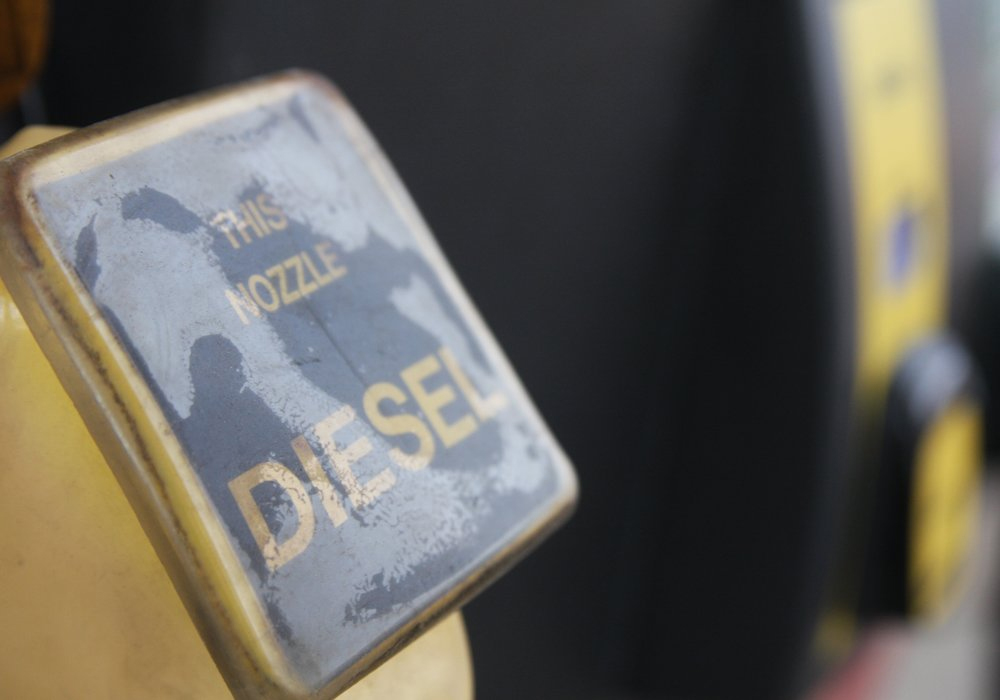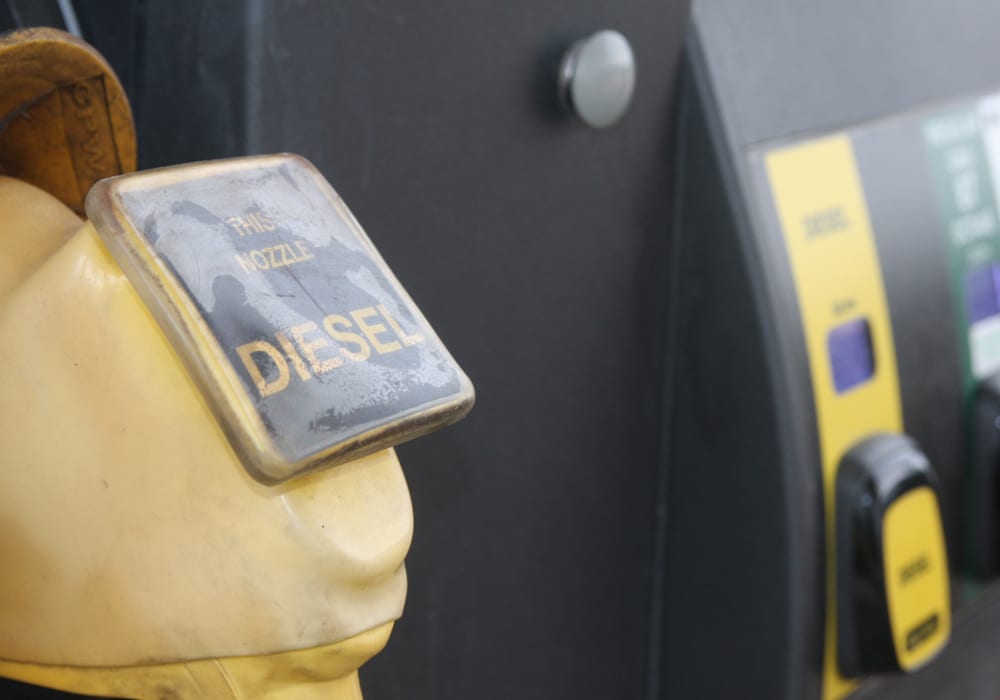Prairie farmers and trucking companies facing record high diesel fuel costs aren’t likely to see a reduction in rack prices soon, says a well-known fuel market analyst.
Roger McKnight, chief petroleum analyst with En-Pro International, said there’s no relief in sight when it comes to sky-high diesel prices.
North American inventories of middle distillates, which include diesel fuel, heating oil and jet fuel, are at record low levels, he said, and supplies aren’t expected to rebound any time soon.
“Absolutely not,” said McKnight, when asked if western Canadian diesel fuel users are likely to see a break in prices soon.
Read Also

China’s grain imports have slumped big-time
China purchased just over 20 million tonnes of wheat, corn, barley and sorghum last year, that is well below the 60 million tonnes purchased in 2021-22.
“I’ve been warning everybody about this for four months now. You’ve got U.S. inventories of middle distillates… that are 20 percent below the five-year average,” he said.
“There’s absolutely no way on earth you’re ever going to make that up and we’re just starting into the winter. So, things are looking pretty bleak.”
McKnight said a sudden cold snap would put extra pressure on already low North American distillate supplies and could potentially lead to rationing in the United States and in Quebec and the Maritime provinces.
Although most of the diesel fuel consumed in Canada’s prairie provinces is produced by refineries in Saskatchewan and Alberta, retail and wholesale diesel fuel prices in Western Canada are heavily influenced by prices south of the border.
Canadian diesel fuel prices west of Thunder Bay generally follow prices in the Minneapolis market, while diesel fuel prices east of Thunder Bay are influenced by the New York Harbour market.
Not long ago, 13 crude oil refineries in the U.S. were simultaneously offline, which contributed to “critical” inventory levels in the U.S. northeast, McKnight said.
U.S. refineries are gradually increasing production. But North American diesel inventories are still extremely low and U.S. petroleum exports to Europe are going strong.
To make matters worse, a fire in September forced the closure of a major refinery in Toledo, Ohio, that processed 160,000 barrels of crude oil per day.
That loss continues to impact diesel fuel prices on both sides of the border and is contributing to record high diesel fuel prices across Western Canada.
“That production (in Toledo) is not coming back any time soon so that has boosted rack prices south of the border, which automatically causes a hiccup into the Edmonton market. And that goes right back into the Prairies again,” McKnight said.
“Prices in Canada aren’t really made in Canada at all. They really follow what ever happens in the United States.”
Meanwhile, western Canadian margins on retail fuel sales are “astronomical.”
Patrick De Haan, petroleum industry analyst at GasBuddy, offered a similar assessment of North American diesel markets, suggesting that North American refining capacity is not keeping pace with sky-high post-COVID demand.
De Haan said Oct. 27 that rapidly rising diesel demand and the arrival of colder temperatures in the northern hemisphere has placed even more strain on tight North American and global inventories.
War in Ukraine and the reduction of Russian fuel supplies to Europe also supports North American petroleum exports to Europe at a time when American refining capacity is struggling to keep pace with domestic requirements.
“In the United States, days of distillate inventory entering the winter are at their lowest level on record — some 25 days of inventory,” said De Haan.
“We’re seeing tremendous demand on diesel inventories right now, partially due to demand but also partially due to Russia’s war on Ukraine as well as (North American) refining capacity,” he added.
“Refining capacity is now at a premium. There’s simply not enough refining capacity to meet the tremendous demand that we’ve seen for diesel and heating oil.”
McKnight’s advice to those who need winter diesel fuel? Get it now or be prepared to pay higher prices down the road.
Prices could begin to normalize next spring, in time for North American planting but until then, there’s no saying how high diesel prices might go.
“If I could answer that question, I wouldn’t be speaking to you from Burlington, Ont.,” he said.
“I’d be speaking to you from my own private island in the Caribbean.”
















